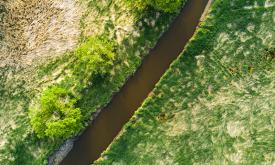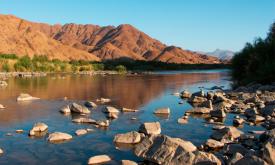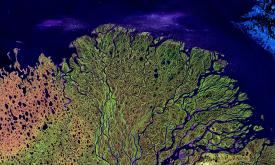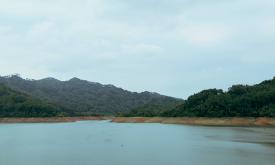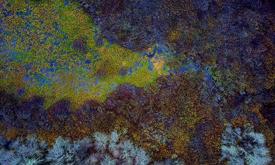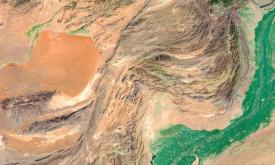Ocean
Objectives:
- Strengthen African capacities in ocean monitoring and forecasting at national, regional, and pan-african levels.
- Develop regional autonomy through Regional Centres of Excellence (RCoEs) for locally producing and utilizing ocean data and forecasts.
- Enable tailored digital ocean services for sustainable marine ecosystem management and hazard mitigation.
- Increase policymaker awareness of innovative decision-support tools for coastal zone management.
Duration: 2025-2028
Budget: €7 million
Lead organisation: Mercator Ocean International leads the initiative through its Ocean Prediction Decade Collaborative Centre, leveraging its expertise as the implementer of the EU Copernicus Marine Service and its role in the EU Digital Twin Ocean Programme.
Available Resources




